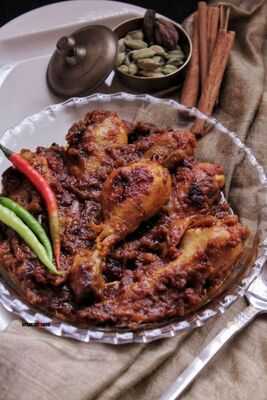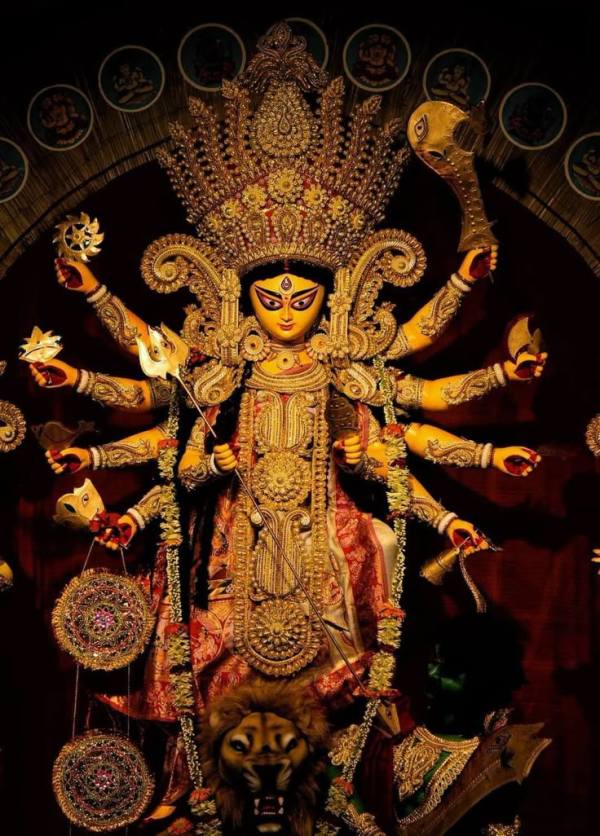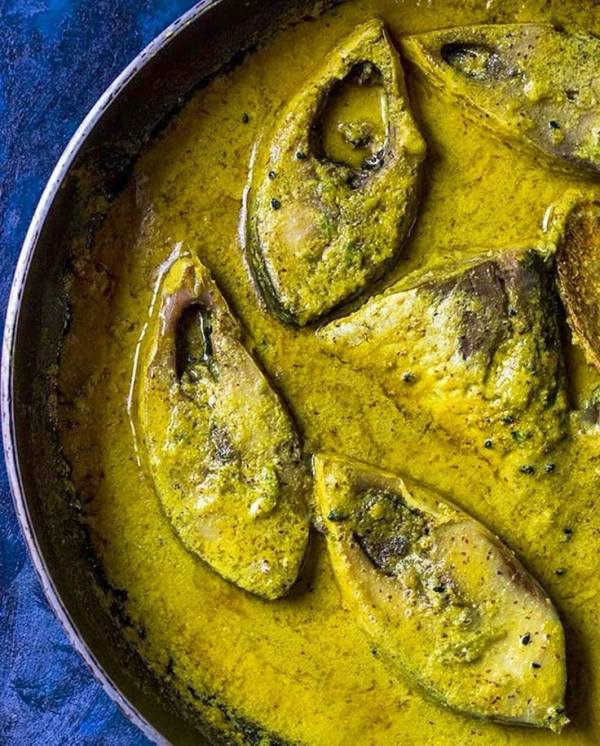
New Delhi: India celebrates Navratri with great cultural emotions and devotion each year. It is observed by fasting, praying, and abstinence. For most communities, celebrating the nine days dedicated to goddess Durga is related to consuming a sattvic meal and turning vegetarian for all days until Kanya Pujan. It is an art of staying pure, self-disciplined and respecting the religion and divine energy.
Kitchens are shifted to sattvic meals prepared without onion, garlic, or meat and focus on spiritual cleansing of the soul. Yet, in West Bengal and parts of Bihar, the same festival is celebrated with different flavours. Rather than abstaining from meat and non-veg, Bengalis offer the rich spread of fish, mutton and chicken as a heart bhog to Maa Durga during the cultural feasts, marking it as an integral part of the celebrations.

The cultural contrast often sparks many questions in the mind of individuals, like, Why do Bengalis eat non-vegetarian food during the time when most people go all vegetarian and follow a sattvic routine? The answer lies in its history, geography and philosophy as to why people in Bengal follow a separate tradition.
Why Bengalis eat non-vegetarian food during Navratri?For Bengalis, food is not seen in opposition to devotion. Instead, fish, mutton, and other delicacies are offered to the goddess herself, celebrated as a life-sustaining force, and enjoyed as a form of divine blessing. Let’s explore why this unique tradition continues, even as the rest of India embraces a vegetarian Navratri.
Durga Puja is less about renunciation and more about the celebrations in Bengal. Historically, Durga Maa was seen as a daughter returning home from Mount Kailash to her maternal abode, welcomed with love, feasts and comfort food that brought joy and satisfaction.

Unlike the austere fasts of Navratri, Bengal’s Puja is marked by indulgence and abundance — families cooking elaborate meals, communities gathering for bhog, and food stalls serving everything from ilish maach (hilsa fish) to mutton kosha. Non-veg food is therefore not only accepted but celebrated as part of the homecoming ritual.
Fish and Mutton as bhogIn the Bengali community, fish is considered a symbol of fertility, good fortune and prosperity. Offering it during the Durga Puja is seen as a way of seeking the blessings of the goddess for abundance and good health. Similarly, goat meat (patha mangsho) has long been ritually offered to the goddess in some households and temples, with the idea that sacrifice represents devotion, strength, and continuity of life. These foods are later shared as prasad, reinforcing the belief that non-vegetarian fare carries spiritual as well as cultural significance.

While many traditions link vegetarianism with spirituality and devotion, Bengal’s Shakta philosophy places emphasis on the goddess as a powerful, energetic and fierce force who protects and nurtures. Food, whether veg or non-veg, is seen as a divine energy and not inherently impure.
So when the whole of India goes vegetarian during Navratri, Bengal’s Durga Puja is celebrated with completely different devotion, bhog, love and diversity. It reflects India’s diversity of traditions and the unity of celebrating festivals together.